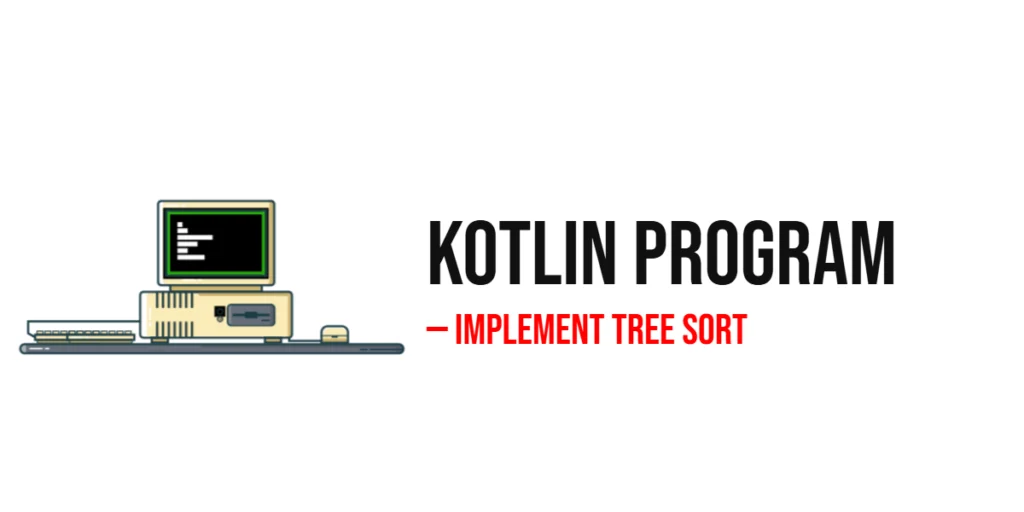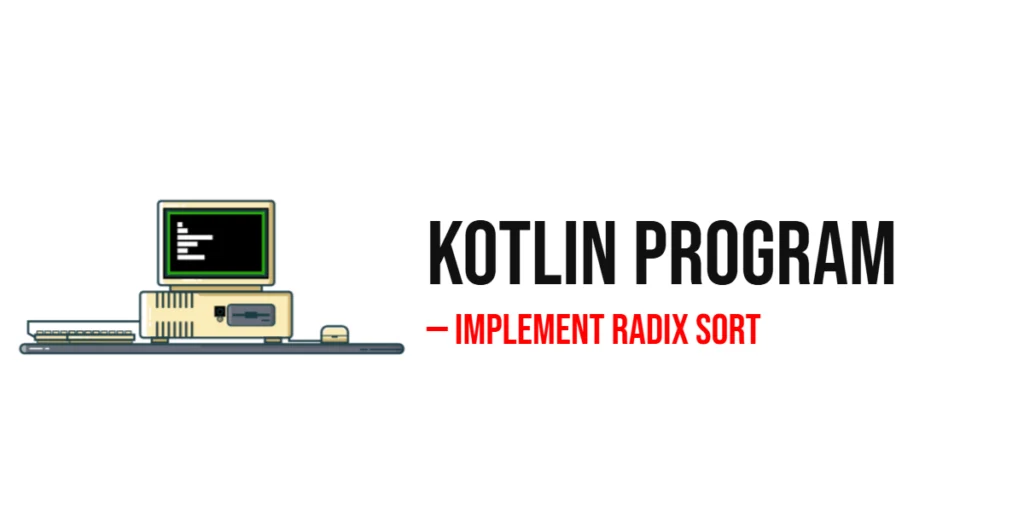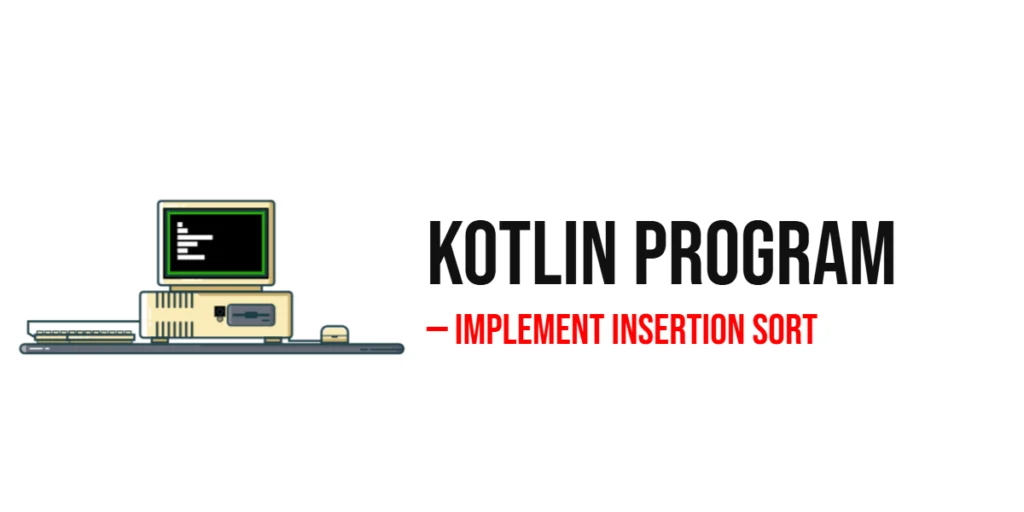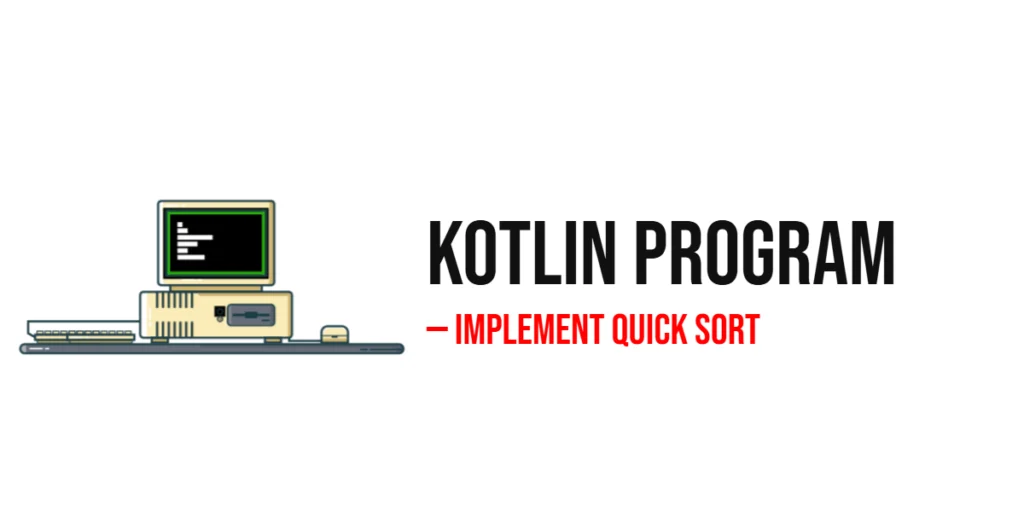Kotlin Program to Implement Linear Search
Searching is one of the fundamental tasks in programming. Often, we need to locate a specific value in a dataset, whether it’s finding a student’s score, a product in inventory, or a number in an array. Linear Search is the simplest and most straightforward search algorithm that beginners can start with. It checks each element […]
Kotlin Program to Implement Linear Search Read More »









